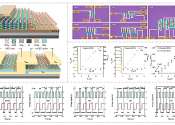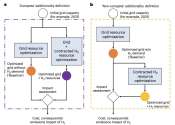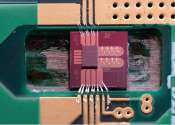The observation of 1D Coulomb drag between adjacent QSH edges separated by an air gap
Two important factors limiting Moore's Law are power consumption and Coulomb interactions. Coulomb interactions are interactions between electric charges that follow Coloumb's law, an electrodynamics theory.









